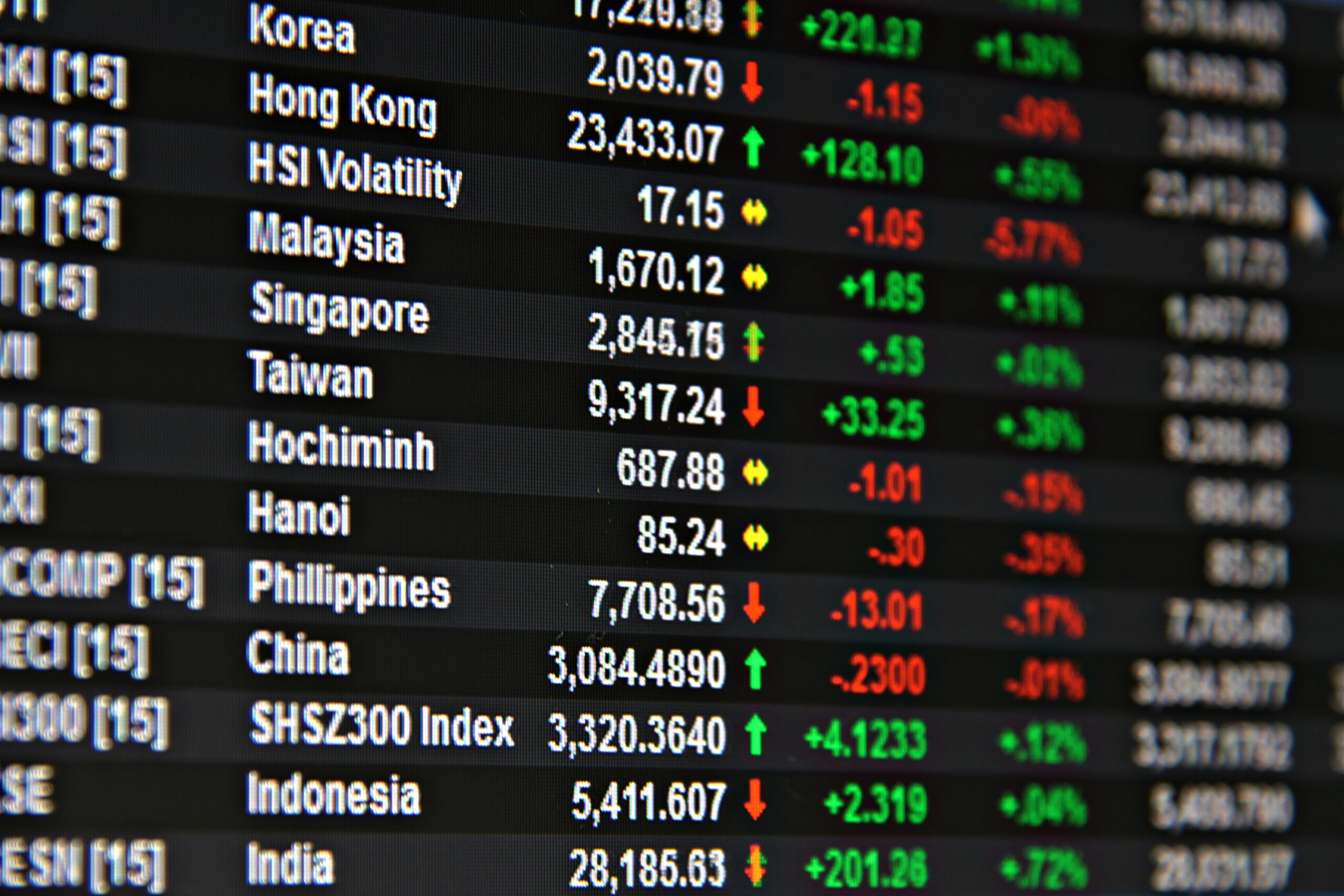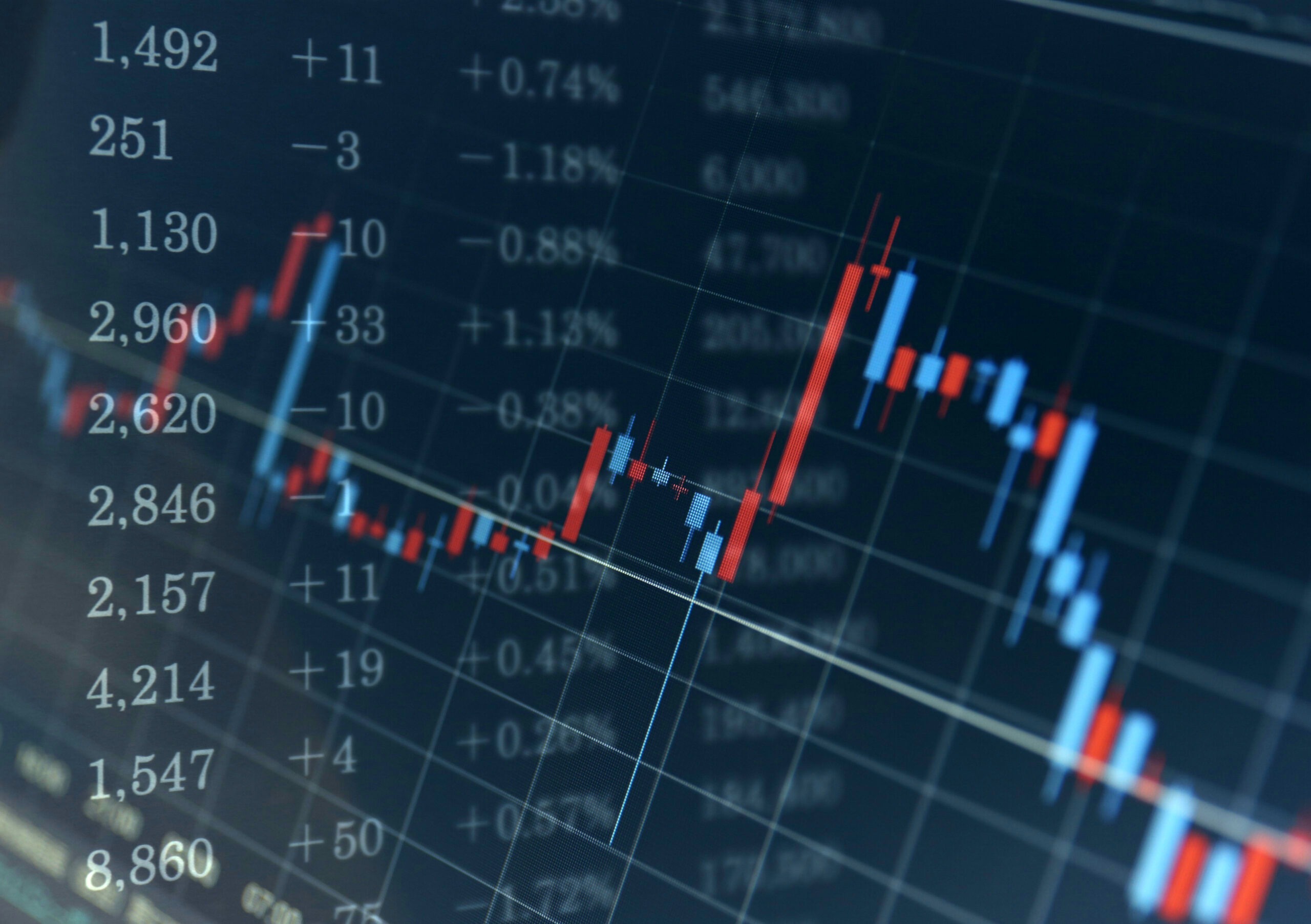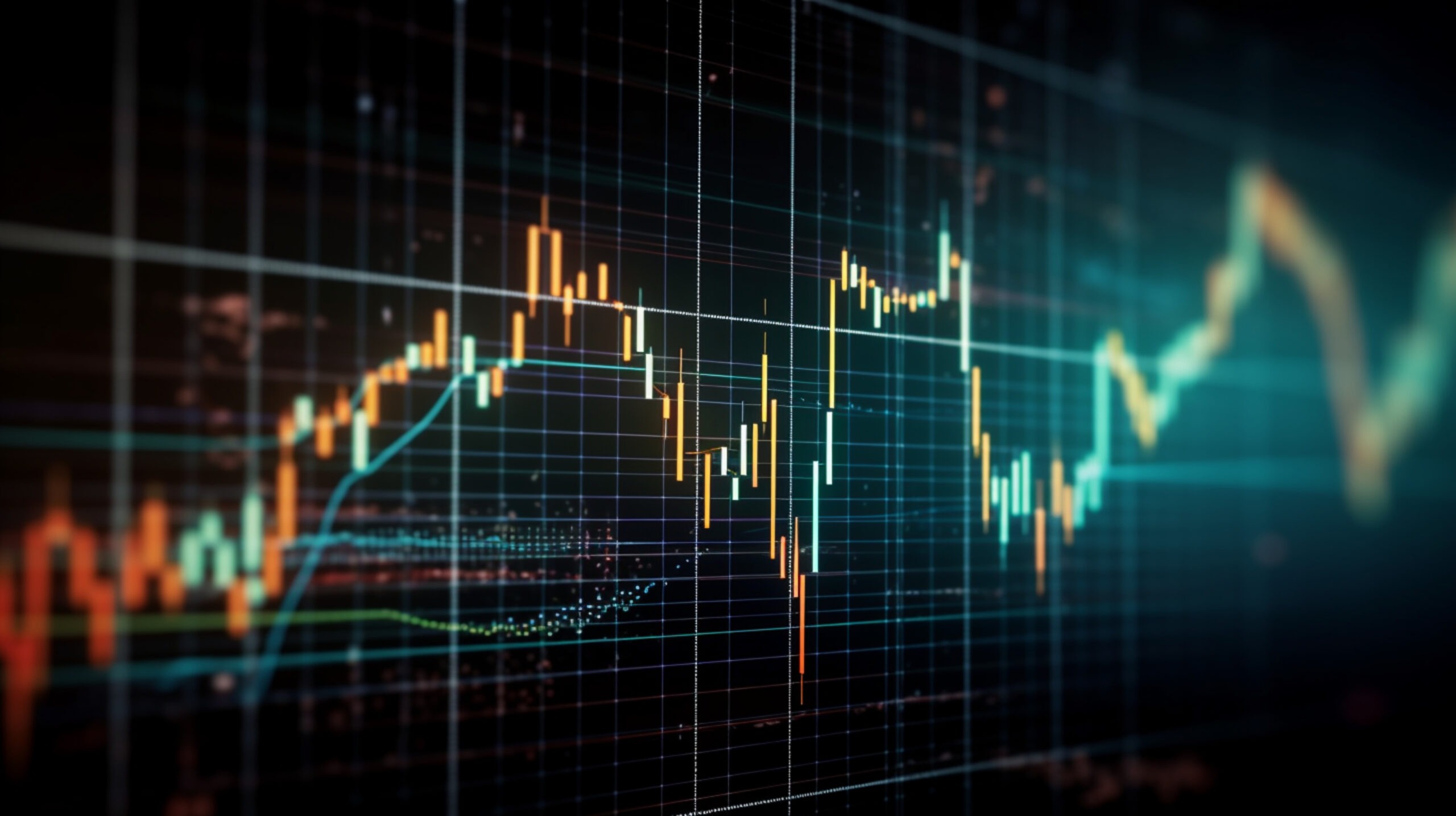Directed market makers: another path to internalization?
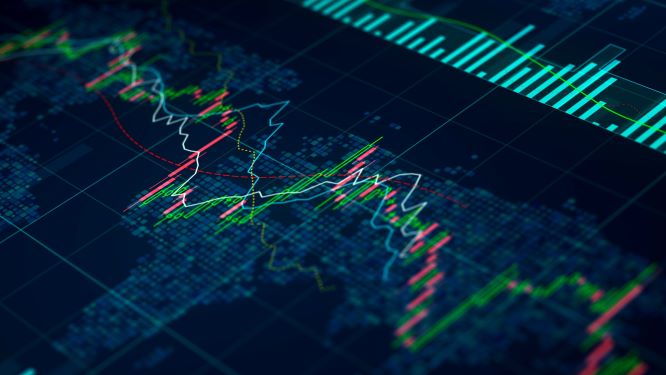
In exchange for greater quoting obligations, directed market makers (DMMs) receive special privileges in the U.S. options market, like larger allocations of orders. We ask whether the DMM model still makes sense in light of its role in encouraging internalization and discouraging price improvement.
The role of market makers in the U.S. options market is generally well known and understood. What’s less well known is that in exchange for shouldering heavier quoting burdens, some market makers receive special privileges. Specialists are perhaps the most well-known example.
Directed market makers (DMMs), like specialists, take on special liquidity obligations. For instance, they must provide two-sided quotes at least 90% of the time in classes for which they’ve been appointed DMMs. And like specialists, they receive benefits for doing so. But, also like specialists, DMMs contribute to a system that perpetuates lack of competition and encourages internalization of retail options orders. In this brief paper, we aim to shine a light on their role.
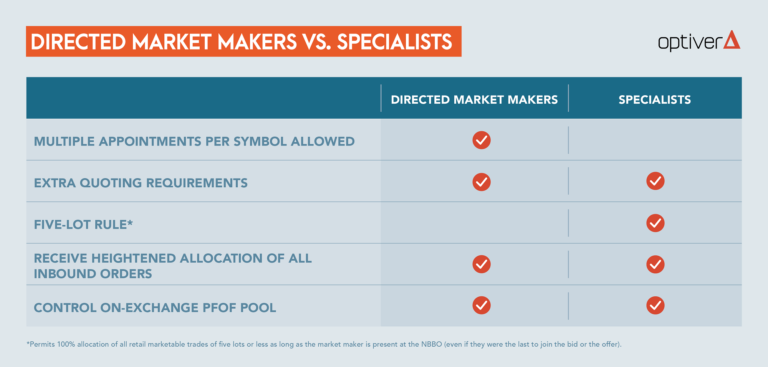
Key to understanding the role of DMMs is an appreciation of the wider U.S. options market structure. As we’ve outlined in previous papers, five wholesaler firms who have their own market-making arms route the vast majority of retail options orders. These firms pay retail brokers like Robinhood, TD Ameritrade and Schwab for the privilege of doing so. Various features we’ve outlined in previous papers – the specialist appointment system, price improvement mechanisms and exchange fees – play a role in encouraging internalization and discouraging competition for retail orders. DMMs also play a part.
In exchange for heightened quoting obligations, DMMs receive at least 40% of orders (or 60% if only one other market maker joins the bid/offer) in a name for which they are quoting and present at the national best bid offer (NBBO). Wholesalers thus have the ability to route orders to exchanges where they are DMMs and in turn receive larger allocations of those orders.
An added benefit that DMMs enjoy is discretion over the disbursement of fees generated by on-exchange PFOF. These fees, which are effectively funded by unaffiliated market makers, come in the form of marketing fees charged by the exchanges. DMMs have the ability to direct these payments to their wholesaler arms. So even when orders aren’t internalized through DMMs, competing market makers wind up paying significantly higher fees for the privilege of providing liquidity, a dynamic we’ve detailed in a previous paper.
We believe in principle that there is a role for market participants who provide heightened liquidity in exchange for additional benefits. But the DMM model is yet another mechanism of the U.S. options market that encourages internalization and discourages attempts at price improvement. In light of this, market participants should strongly consider whether the DMM model still makes sense.
Optiver supports open discussion and debate on all market structure topics that would lead to an improvement of the market.
To discuss this paper – or any other market structure topic – reach out to the Optiver Corporate Strategy team at [email protected]
